DETERGENT RAW CHEMICALS
DETERGENTS
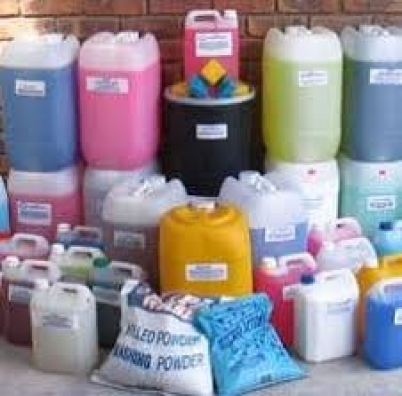
Raw Materials of Detergent Products Since the last few decades, the unexpected rise on the demand for detergent powder has left people with the severe wish to make more detergent Products.
BOSHOMANE CHEMICALS AND SALES is a major player in the supply of chemical raw material in all manufacturing sectors specializing in pharmaceuticals, health food, personal care and many more.
Sodium Triphosphates
CAS №: 7758-29-4
HS Code: 28353100
Sodium tripolyphosphate (STPP) — is widely used as a component for the production of synthetic detergents, water treatment, as well as in the ceramic, paint, varnish and other industries. We produce 15 technical STPP grades of powder and granular type.
For complete product specification, information on other produced grades and the purchase of sodium tripolyphosphate, please Request a Quote
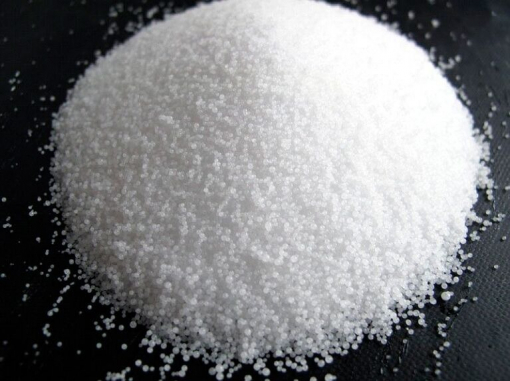
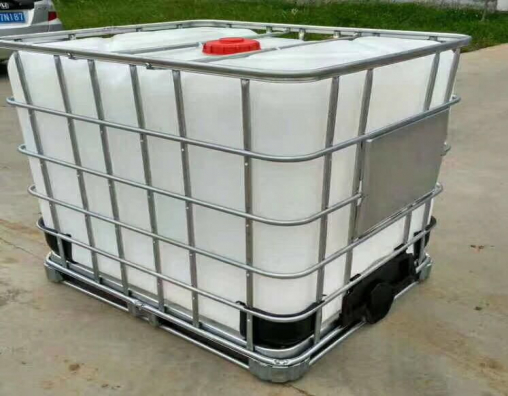
Chlorine Bleach
Chlorine has a variety of uses. It is used to disinfect water and is part of the sanitation process for sewage and industrial waste. During the production of paper and cloth, chlorine is used as a bleaching agent. It is also used in cleaning products, including household bleach which is chlorine dissolved in water.
Name: Sodium hypochlorite
Chemical formula: NaOCl
Molar mass: 74.442 g/mol
Appearance: greenish-yellow solid (pentahydrate)
Odor: chlorine-like and sweetish
Sodium Lauryl Sulfate & Sodium Laureth Sulfate/ Sodium Lauryl Ether Sulfate (SLS/ SLES)
Product Name(s): Sodium lauryl ether sulfate, Sodium laureth sulphate, Sodium lauryl ether sulphate.
Formula: CH3(CH2)10CH2(OCH2CH2)nOSO3Na
CAS No: 68891-38-3
Form: Liquid
Concetration: 70%,28%&25%
Applicable Uses: in food wash, shampoo, shower gel, soap and other cleaning compound cosmetic products, and construction, textiles, leather additives.
A main ingredient in, and most common chemical in laundry detergents as well as dish liquid, hand wash, and shampoo, SLS and SLES are surfactants intended to remove soil and as a foaming agent—they were originally developed as garage floor degreaser.
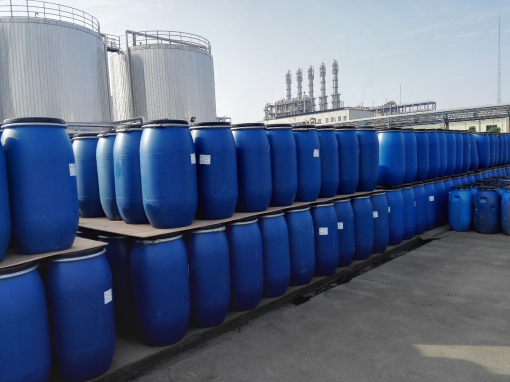
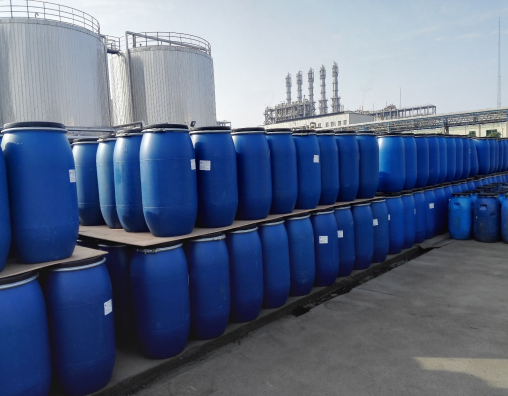
Dioxane (1,4 Dioxane/ Diethylene Dioxide/ Diethylene Ether/ Dioxan)
1,4-Dioxane is a heterocyclic organic compound, classified as an ether. It is a colorless liquid with a faint sweet odor similar to that of diethyl ether. The compound is often called simply dioxane because the other dioxane isomers are rarely encountered
Boiling point: 101 °C
Density: 1,03 g/cm³
Formula: C4H8O2
Molar mass: 88,11 g/mol
Classification: organic compound, ether
Ammonium Sulfate
Ammonium sulfate; (NH₄)₂SO₄, is an inorganic salt with a number of commercial uses. The most common use is as a soil fertilizer. It contains 21% nitrogen and 24% sulfur.
Formula: (NH₄)₂SO₄
Molar mass: 132,14 g/mol
IUPAC ID: Diazanium sulfate
Density: 1,77 g/cm³
Melting point: 235 °C
Soluble in: Water
Appearance: Fine white hygroscopic granules or crystals.
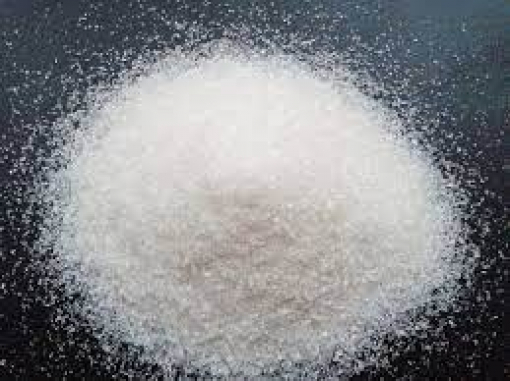

Formaldehyde
Formaldehyde is a naturally occurring organic compound with the formula CH₂O. The pure compound is a pungent-smelling colorless gas that polymerises spontaneously into paraformaldehyde, hence it is stored as an aqueous solution. It is the simplest of the aldehydes
Formula: CH2O
IUPAC ID: Methanal
Molar mass: 30,031 g/mol
Boiling point: -19 °C
Density: 815 kg/m³
Formaldehyde-based chemistry is essential in the production of many personal care (1)
and consumer items. These products may contain formaldehyde-releasing ingredients, which
act as a preservative to kill microorganisms and prevent growth of bacteria and other
pathogens, extending product shelf life.

